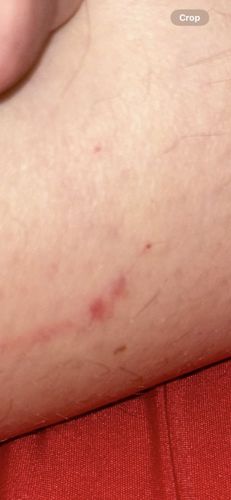Flea
Scientific Name: Siphonaptera (order) - various species, e.g., Ctenocephalides felis (cat flea)
Order & Family: Order: Siphonaptera, Family: Pulicidae (common fleas)
Size: Typically 1-4 mm in length

Natural Habitat
Fleas thrive in warm, humid environments. They are commonly found in carpets, bedding, pet sleeping areas, and cracks in floors, often associated with their host animals (pets, wild animals).
Diet & Feeding
Adult fleas are obligate hematophages, meaning they feed exclusively on the blood of their warm-blooded hosts (mammals and birds). Larvae feed on organic debris, including adult flea feces (flea dirt).
Behavior Patterns
Fleas are wingless insects known for their ability to jump significant distances (up to 200 times their body length). They are parasitic, spending most of their adult lives on a host, but can also reside in the environment. Their life cycle includes egg, larva, pupa, and adult stages. Eggs are laid on the host but fall off into the environment. Larvae hatch and feed on organic matter before pupating. Adults emerge from pupae when sensing a potential host.
Risks & Benefits
Risks: Flea bites cause itchy red papules in humans, often appearing in clusters or lines, similar to the image provided. They can cause allergic reactions (flea allergy dermatitis) in sensitive individuals and animals. Fleas are also vectors for various diseases, including bubonic plague (transmitted by Oriental rat fleas), murine typhus, and can transmit tapeworms (e.g., Dipylidium caninum) to pets and occasionally humans. Benefits: None for humans; they are generally considered pests due to their parasitic nature and disease transmission capabilities. In some ecological contexts, they are part of the food chain for other insects or small animals.
Identified on: 9/6/2025